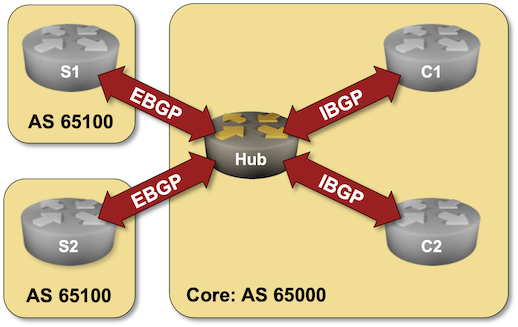Deciphering the Open Systems Interconnection Model
Unless you’ve studied for a network cert, the Open Systems Interconnection (OSI) model is probably somewhat of a mystery to you. Maybe you heard of it from a coworker, or maybe you saw it in a marketing campaign for something on AWS. Maybe you thought “Layer 3” was just some new buzzword. Such shorthand references to the OSI model, however, can be useful if you can decode them, as they can help you understand where in your network stack a tool could fit or where to look for a problem during an incident call. Before we get too far, let me address a point of contention. Many people will say the theoretical OSI model is outdated. The model is theoretical, true, and the real world is certainly more complex than it may lead you to believe. Its layers don’t neatly map to specific devices, and other models exist that more accurately reflect the real world, such as the Transmission Control Protocol/Internet Protocol (TCP/IP) model. Image 1 It’s useful to think of the OSI model as an abstraction that allows us to reason about the separation of concerns on a network. We use it to think through troubleshooting steps should Continue reading






